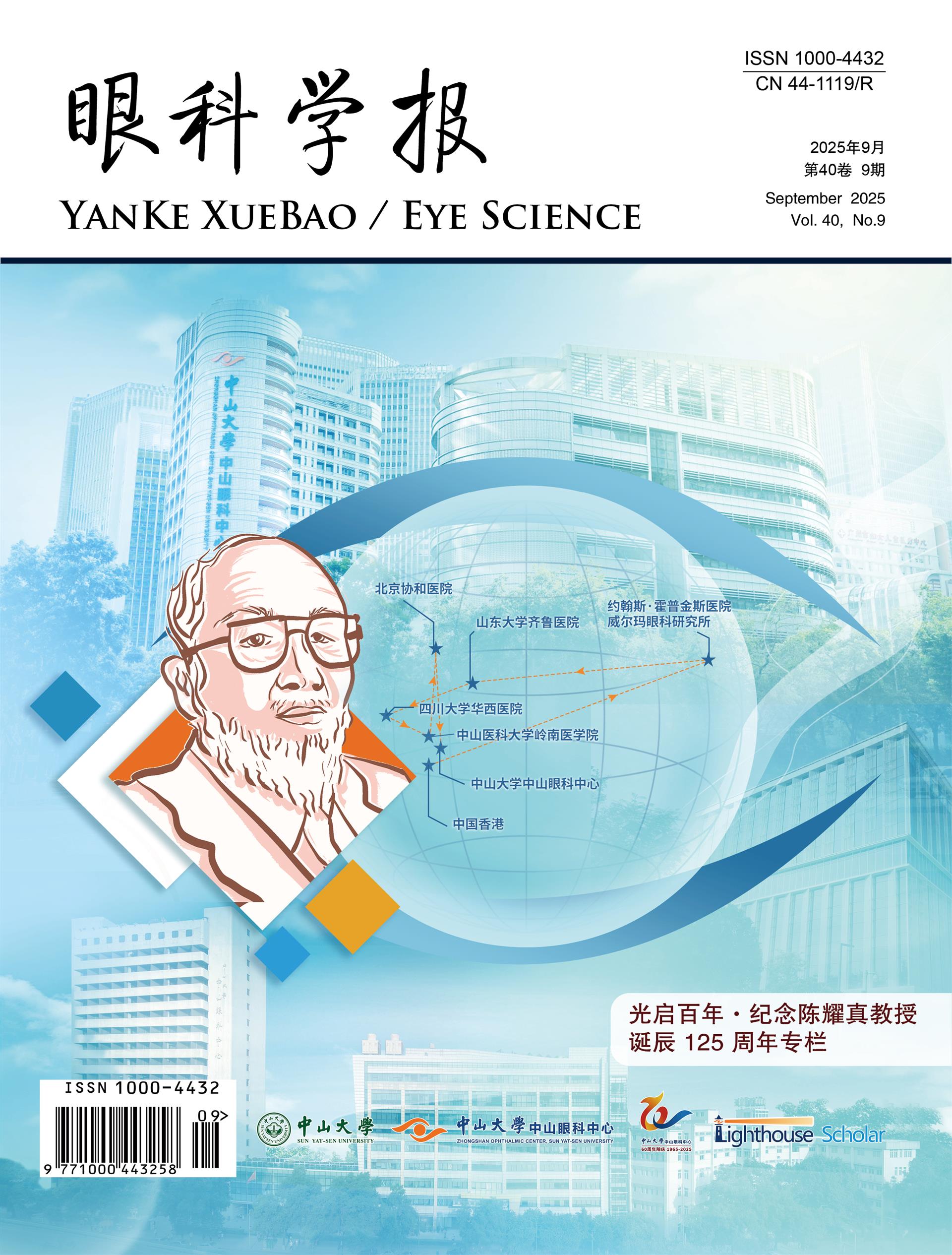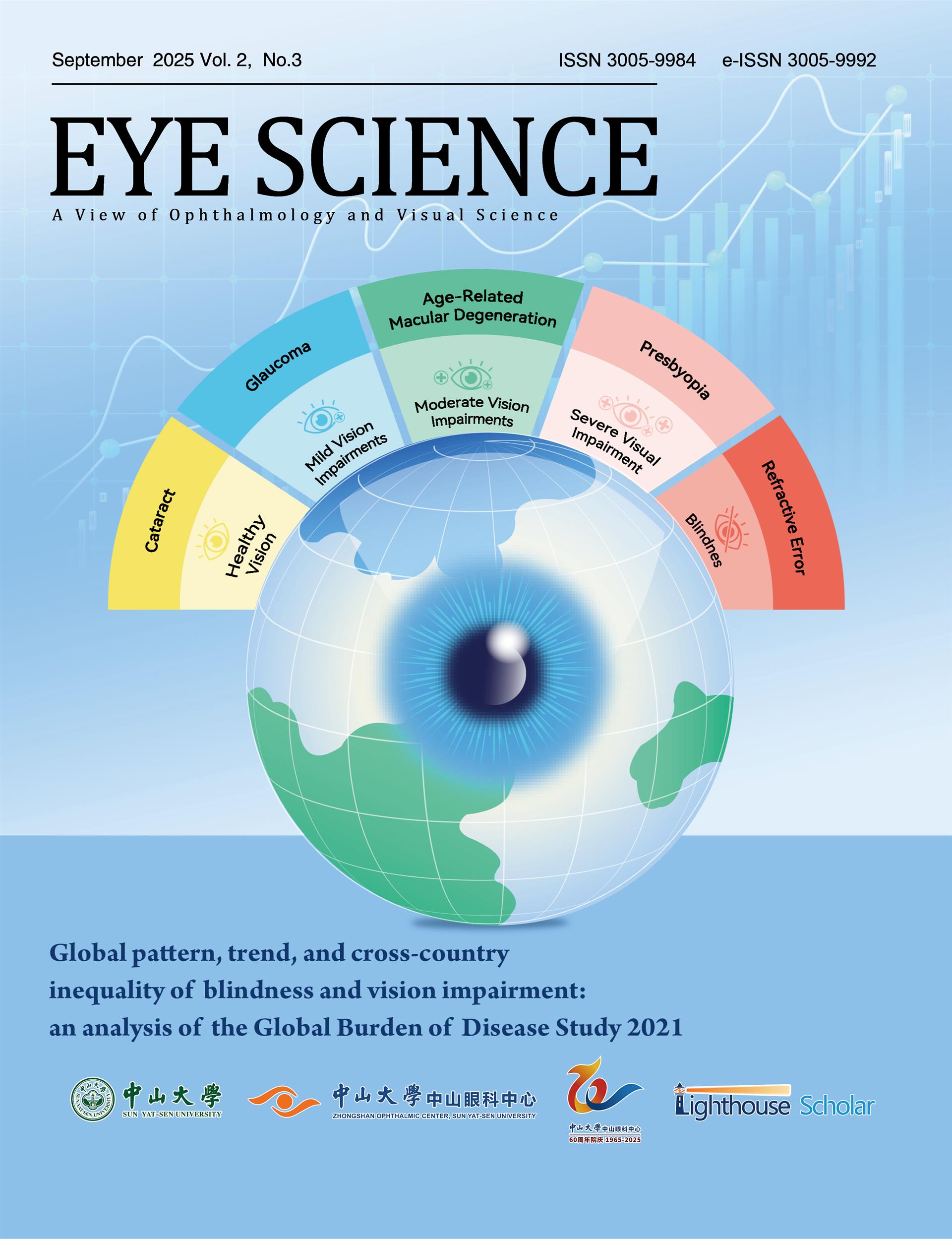Dominant optic atrophy (DOA) is an inherited optic neuropathy and more than 75% of DOA patients harbor pathogenic mutations in OPA1. We reported a 39-year-old female harboring c.2119G>T mutation of OPA1 and manifested progressive visual impairment after hydroxychloroquine (HCQ) therapy. The patient’s visual impairment remained stable for 10 years until she began to take HCQ 13 months ago. She complained about progressively decreased vision in both eyes. Bilateral pale temporal optic disc was similar with that of 11 years ago. Optical coherence tomography showed bilateral moderate retinal nerve fiber layer thinning other than the nasal quadrant and general thinning of the inner retina in the macular. Microcystic macular edema was noted in nasal macular in both eyes. Visual field testing showed paracentral scotoma and microperimetry showed decrease sensitivity in the macular in both eyes. After the patient stopped taking HCQ, her functional tests including visual acuity, field testing and microperimetry testing was stable compared with those of 2 years ago. However, progressive inner macular and RNFL thinning was shown by OCT. OPA1 c.2119 G>T found in this patient was a mutation that had been rarely reported in previous studies. The patient has been followed up for over 10 years and her visual acuity stayed stable for decades long until she took HCQ for 13 months. Her vision decline terminated after she stopped taking HCQ. Although HCQ toxicity is highly related to the duration and daily dose, HCQ may aggravate visual impairment in certain individuals harboring OPA1 mutation. Patients with DOA should avoid using neurotoxic HCQ and other medications that may interfere mitochondrial metabolism.

















